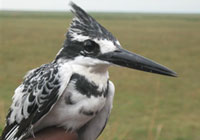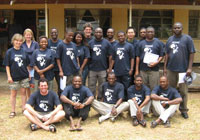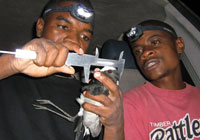Welcome to AFRING
 |
 |
 |
Welcome to the website of the African Bird Ringing Scheme (AFRING). AFRING is an ongoing initiative aiming to improve the coordination and quality of bird ringing programmes within Africa. It focuses on capacity building, establishing regional cooperation and encouraging use of scientific data for bird and wetland conservation.



